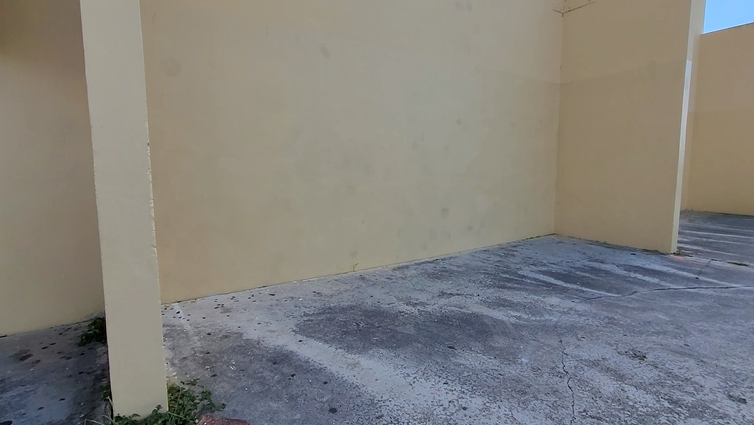Mise-En-Scene Research
Mise-En-Scene:
All About Mise-En-Scene:
- Mise-En-Scene is a French phrase that “staging or putting on an action or scene.”
- In film, Mise-En-Scene refers to the overall look or feel towards a movie. (This includes what the audience experiences and sees during the movie.
- Mise-En-Scene affects the way that we think about the story and the character in the story.
- Nearly everything that is put inside of the frame is done so intentionally because there might be a significance to the story and there might not be for some.
- There are 2 major visual components of Mise-En-Scene: - Composition: The organization, distribution, balance, and general relationship of actors on objects. - Design: The look of the settings, props, lighting and actors.
- Many films challenge us to read the Mise-En-Scene to understand the themes and concepts of the film or story.
- Mise-En-Scene allows the viewer to experience a certain place at a certain time. (Ex. A person watching a space film might feel like they're in space at one point.)
- Mise-En-Scene helps the audience feel like there apart/in the film.
- Genre can influence the Mise-En-Scene of a Film.
Design:
A movie design should:
- Help express a movie's vision.
- Create a convincing sense of times, spaces, and moods.
- Suggest a character state of mind.
- Relate to developing themes.
There are also elements of design:
- Setting: The setting of a film is the environment in which the narrative takes place. Setting has physical significance and creates mood.
- Décor: the color and textures of the interior decoration, furniture, draperies, curtains, etc.
- Properties (aka props): objects such as paintings, flowers, guns, etc. That are used in a scene.
- Lighting: Light is essential for recording images on film, it also shapes the way the final product looks. Lighting can be used to create different moods.
- Costume: Costumes can express character traits, social status, self-image, projected image, state of mind, etc.
- Makeup: Makeup has a practical purpose, to make characters more photographable for film.
- Hairstyle: Like costumes, hairstyle can be used to reflect historical periods or show something about a character.
Composition:
Composition is part of the process of visualizing and planning the look of a movie. Always consider the relationships between everything within the frame:
- Stationary objects
- Figures (any significant things that move on the screen)
- Light
- Shade
- Line
- Color
As filmmakers visualize and plan each shot, they must consider two aspects of composition:
- Framing: what we see on the screen.
- Kinesis: what moves on the screen.
Framing: The frame is the border between what we see onscreen and everything else. Unlike a painting, motion picture frames can move and change point of view. Framing can also imply point of view (POV). Subjective POV is the view of one person. For example, over-the-shoulder shots, POV shots, Omniscient POV (the viewpoint of nobody). Also, sometimes the intended POV is unclear.
Kinesis: We mainly perceive kinesis (movement) on the screen when we see…
- The movement of objects and characters within the frame.
- The movement of the frame itself.
Both types of movement are part of a movie’s Mise-En-Scene. Some films move more than others such as action films whereas dramas and biographies move less.
This is a lot of information to take in but reviewing helped with this. Also, this was a detailed explanation of Mise-En-Scene, but I suggest breaking up the information into smaller parts with the basic information you will need. I hope you found this useful to you.

Comments
Post a Comment